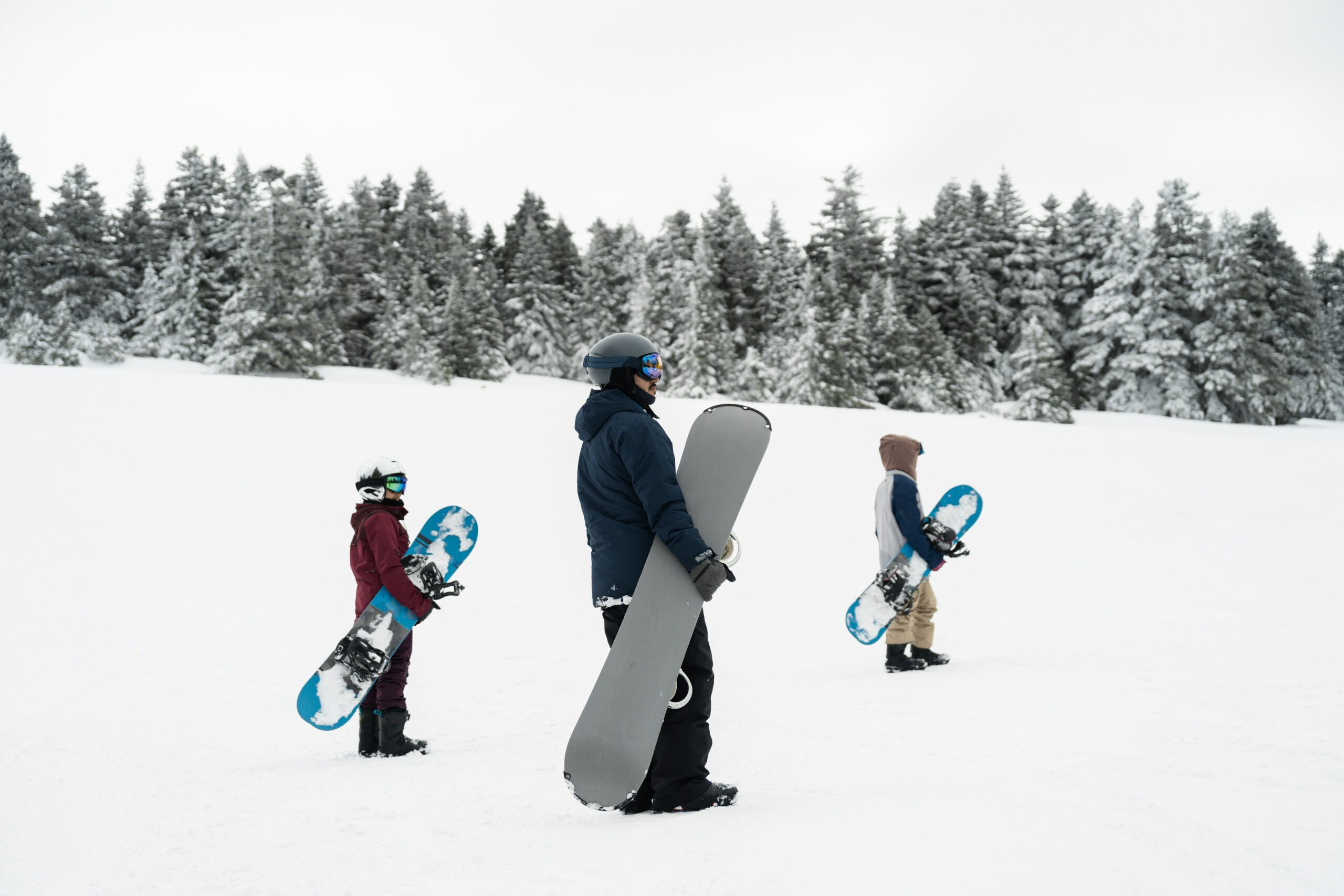
Snowboarding, a sport that has captivated millions with its thrilling mix of speed, skill, and snowy landscapes, has evolved significantly over the past few decades. The journey of teaching snowboarding, particularly, has mirrored the sport’s dynamic evolution, adapting to changing techniques, technologies, and teaching methodologies. This article explores the fascinating trajectory of snowboarding instruction, from its humble beginnings to its current status as a highly sophisticated and nuanced form of sports education.
The Early Days: Grassroots Beginnings
In the early days of snowboarding, formal instruction was virtually nonexistent. Pioneers of the sport were self-taught or learned through observation and mimicry of their peers. The skiing community initially viewed snowboarding skeptically, and access to ski resorts was limited. Early enthusiasts often found themselves carving down slopes on makeshift boards in backcountry settings or wherever they could see snow. The teaching and learning process was informal, driven by trial and error, and a shared passion for this new, exhilarating way to experience snow.
Gaining Legitimacy and Structure
As snowboarding began to gain popularity and acceptance in the mainstream sporting world, the need for structured teaching methods became apparent. The 1980s and 1990s saw the establishment of the first snowboarding schools and the development of standardized teaching curriculums. Organizations such as the Professional Ski Instructors of America (PSIA) and the Association of Snowboard Instructors (ASI) began to offer certification programs for snowboarding instructors. These programs emphasized safety, technique, and pedagogy, aiming to create a standardized approach to snowboarding instruction that could be replicated across different schools and resorts.
Technological Advancements and Teaching Innovations
The turn of the millennium brought significant advancements in snowboarding equipment and technology. Snowboards became more sophisticated, with designs catering to different styles and skill levels. This period also saw the rise of the internet and digital media, dramatically changing the snowboarding instruction landscape. Online tutorials, video analysis, and social media platforms allow learners to access instructional content anywhere.
Personalization and Progression
Today, the focus of snowboarding instruction has shifted towards personalization and progression. Advanced teaching aids, such as virtual reality simulators and mobile apps, enhance learning and provide immersive experiences. The emphasis is on creating a supportive and inclusive environment where learners of all ages and abilities can experience the joy of snowboarding.
Challenges and Opportunities
Despite the advancements in teaching methodologies, snowboarding instruction faces ongoing challenges. Climate change poses a significant threat to snow sports, with shorter winter seasons and unpredictable snow conditions becoming more common. Instructors and resorts adapt by promoting sustainability, investing in snowmaking technology, and exploring alternative venues such as indoor snow centers.
Another challenge is updating teaching curriculums to reflect the sport’s continuous evolution. Snowboarding is a dynamic sport, with new styles, disciplines, and technologies emerging regularly. Instructors must stay informed and adaptable, ensuring their teaching methods remain relevant and practical.
The Future of Snowboarding Instruction
Looking ahead, the future of snowboarding instruction is bright, with opportunities for innovation and growth. Emerging technologies, such as augmented reality and artificial intelligence, can revolutionize how snowboarding is taught and learned. These tools could offer real-time personalized feedback, simulate complex snowboarding environments, and create engaging learning experiences that accelerate skill development.
Additionally, there is a growing emphasis on holistic approaches to instruction, considering the mental, emotional, and physical aspects of snowboarding learning. Instructors increasingly focus on building resilience, confidence, and a love for the outdoors alongside technical skills.
The journey of teaching snowboarding over the past few decades reflects the sport’s remarkable evolution from a fringe activity to a mainstream winter sport. Through the adaptation of teaching methodologies, the embrace of technological advancements, and a focus on personalization, snowboarding instruction has continually evolved to meet the needs of learners. As the sport faces new challenges and embraces future opportunities, the role of instructors—facilitators, innovators, and stewards of the snowboarding community—will remain pivotal. The decades-long journey of teaching snowboarding is a testament to the passion, resilience, and creativity of those who have dedicated themselves to sharing the joy of snowboarding with others.